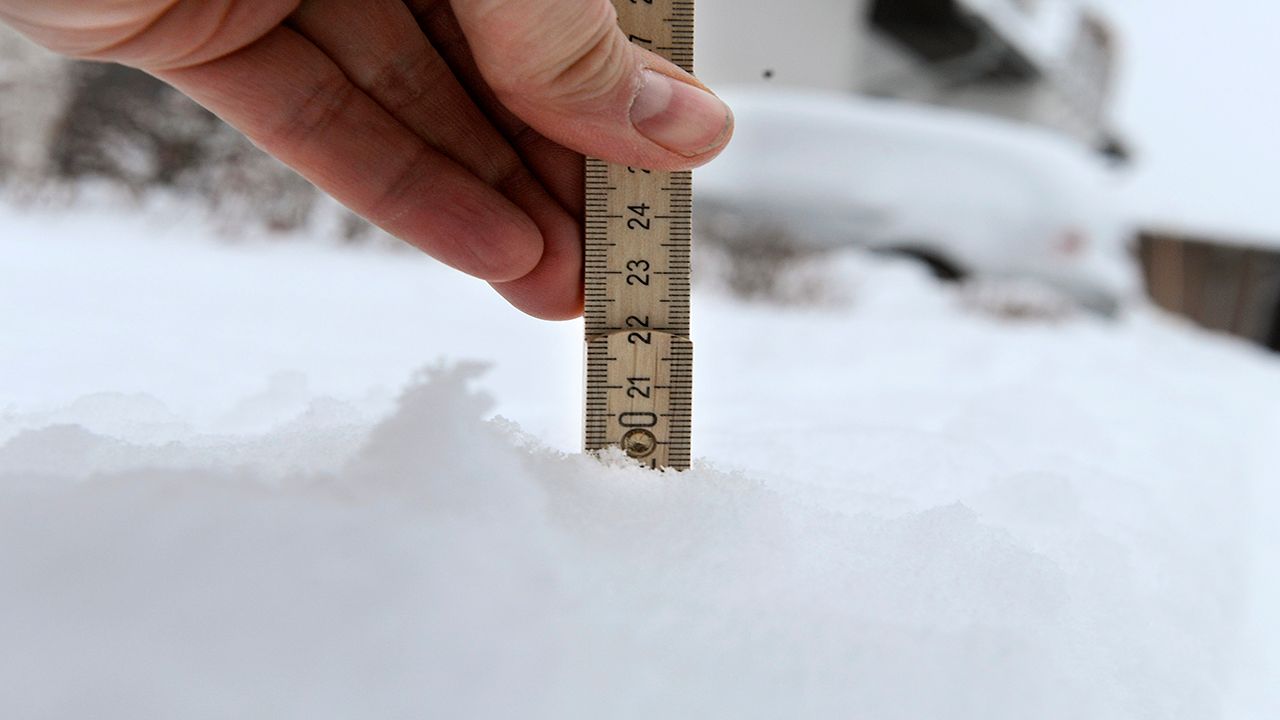Melt At Night: Why Does Snow Take So Long to Disappear?
Imagine waking up to a winter wonderland, only to find that the snow refuses to melt. It’s been nearly a week since the St. Louis area received its first significant snowfall, and despite above-freezing temperatures, the snowpack remains stubbornly intact. But why does it take so long for snow to disappear?
The Science of Snowmelt
Snow is more than just frozen flakes that beautify the landscape. It is a highly reflective surface with an albedo, a measurement of reflectivity, of 0.5. This means that sunlight, instead of being absorbed, is reflected off the snow. The reflective nature of snow slows down the melting process and prolongs its presence.
When sunlight enters our atmosphere, it can either be absorbed, reflected, or scattered. In the case of snow, sunlight bounces off its surface and is absorbed by other objects, which then radiate heat into the air. Surfaces like asphalt and tree trunks absorb enough light to warm the surrounding air and aid in melting. As more open ground is exposed, more heat is available for melting to occur.
The Chilling Effect of Nighttime
At night, the snowpack acts as a temperature regulator, keeping conditions colder than they would be without it. Without incoming sunlight to be absorbed, all the heat is radiated back into space. This explains why nighttime temperatures are even cooler with a snowpack, especially under clear skies.
However, the snowpack also acts as a blanket, insulating the soil beneath it. The reflective properties of the snow keep the heat stored beneath the surface, providing warmth for animals that burrow into the ground. Without the snowpack, the heat would dissipate more quickly, leaving these creatures exposed to the harsh winter temperatures.
The Melting Outlook
The good news is that mid-February brings warmer and wetter weather, which may aid in melting the snow. However, don’t be surprised if those towering snow piles in parking lots stick around for several more weeks. Snow is a formidable opponent, and it takes more than a few warm days to make it disappear completely.
So, the next time you marvel at the beauty of a snow-covered landscape, remember the science behind its persistence. Snow’s reflective surface and insulating properties make it a fascinating natural phenomenon. Now you know why the snow sometimes seems to stick around longer than expected.
For more interesting articles on various topics, check out Fecomic. We have plenty of secrets to share with you and your besties!








